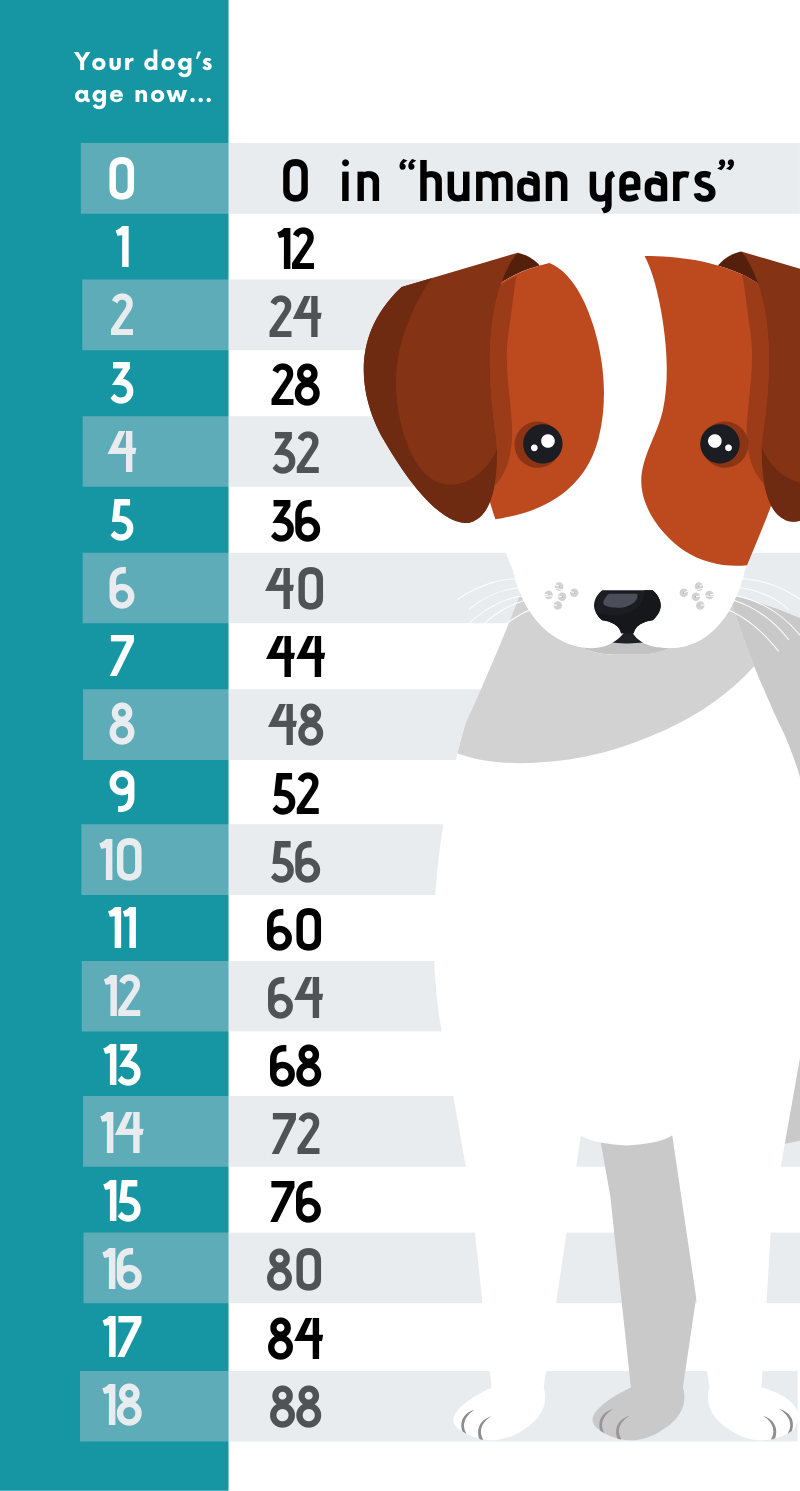

Here’s everything you need to know to convert dog years to human years-and to understand the science behind it. So what are dog years, and how do you calculate dog years in human terms? We all want our dogs to live forever, and we want to know how our dog’s age relates to human years. Meanwhile, a well-balanced diet of food they love and which provides them all the nutrition they need will keep their bones and muscles as strong and healthy as possible.Is one human year equal to seven “dog years” when it comes to a dog’s age? Recent studies have shown that this isn’t exactly true. Whatever the reason, older dogs tend to age much more rapidly in their final years, while smaller dogs tend to decline more steadily.Īlthough every dog is different and there isn’t much we can do about genetic predispositions to illness, the best way to help your dog live the longest life possible is to keep them healthy, both mentally and physically.Ī loving home with lots of play, affection and exercise is the best way to keep your dog happy, stimulated and physically fit. Certainly, this is quite uncommon amongst other species, with larger animals tending to live relatively long lives (whales, elephants), while small animals live shorter lives (rodents, small birds). Unfortunately, researchers still don’t know why larger breeds of dog tend to age faster than smaller breeds. Teeth well worn, lots of plaque and some may be missing Teeth and gums show some signs of disease
2 month puppy in human years skin#
Meanwhile, as dogs get older, their teeth start to show wear and tear and they are more likely to succumb to illnesses and ailments which we tend to associate with elderly humans, such as arthritis, cloudy eyes, loose skin and grey hair.


Researchers base the figures in the table above on many factors, most of which are physical.įor instance, we estimate that a 1-year-old dog is about the equivalent to a 15-year-old teenager because all of their teeth have developed, they are strong and energetic and they have reached (or are approaching) sexual maturity. If so, the general rule to follow is that your dog ages 15 human years in year one, 9 years in year two, and 5 years thereafter. While the table above gives you a more accurate indicator of how old your dog is in human years, you may prefer a less accurate but more straightforward method. In fact, dogs age at different rates throughout their lifetime and their size plays an important factor in determining their growth. Yet, it is not as simple as them ageing the human equivalent of an easy to remember, round number each year. Fortunately, the real number is actually slightly less, meaning our dogs can enjoy more years with us than they would were this myth true. The common belief is that dogs age seven times faster than human beings. This helps us get a sense of what is normal and what symptoms may be out of the ordinary. We do this mostly because it is fun to speculate how old our pets would be if they suddenly transformed into a human, although there is a practical use, too.īy comparing our dogs age with a human equivalent, it helps us get a sense of their life span, their energy levels and the kind of health issues we can expect. Pet owners have been asking how old our dogs are in human years for centuries (and probably longer).


 0 kommentar(er)
0 kommentar(er)
